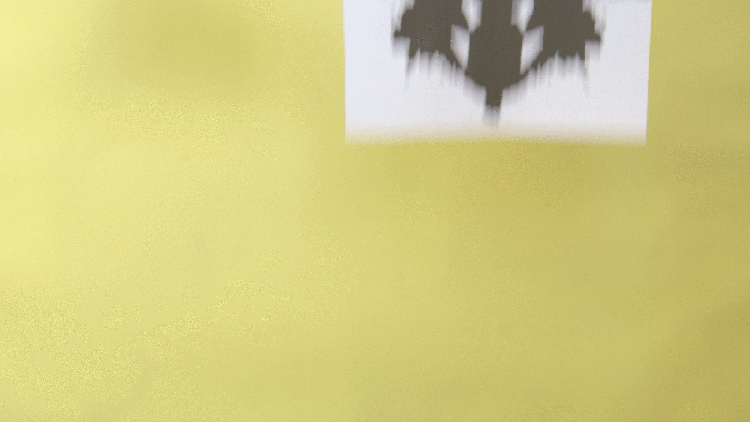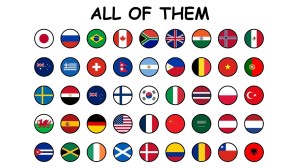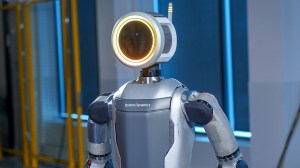Vox expertly explains the concept of Pareidolia, a fairly common phenomenon of consistently finding familiar images (faces, animals, letters) within inanimate objects and random patterns, particularly when none actually exist.
When we look at something like concrete floor, our brains pick up the stuff that makes sense like a letter of the alphabet or two eyes and nose. And these are the things that we’re most comfortable with and familiar with, so whether or not they’re actually there, they’re what we tend to perceive because they make sense to us. In this one experiment from 2011, people were shown faces hidden inside a noise background and they recognized them really well, over 90 percent of the time in each trial. But when they were given noise-only images without faces hidden in them, participants kept seeing faces about 40 percent of the time, even when there was nothing there. Now scientists believe that this response is caused by a specific part of the brain called the Fusiform face area which is specialized for facial recognition.
image via Vox







